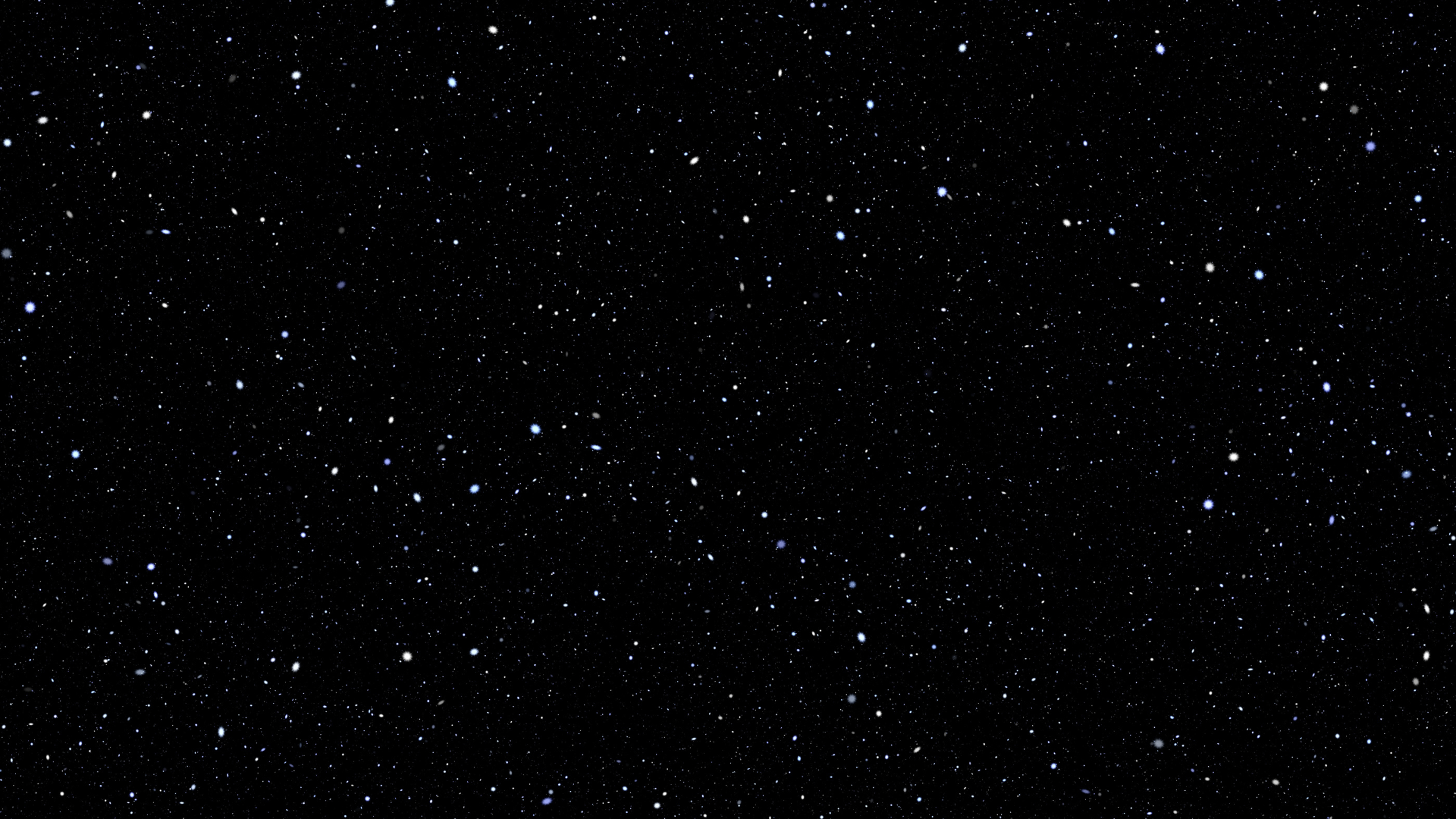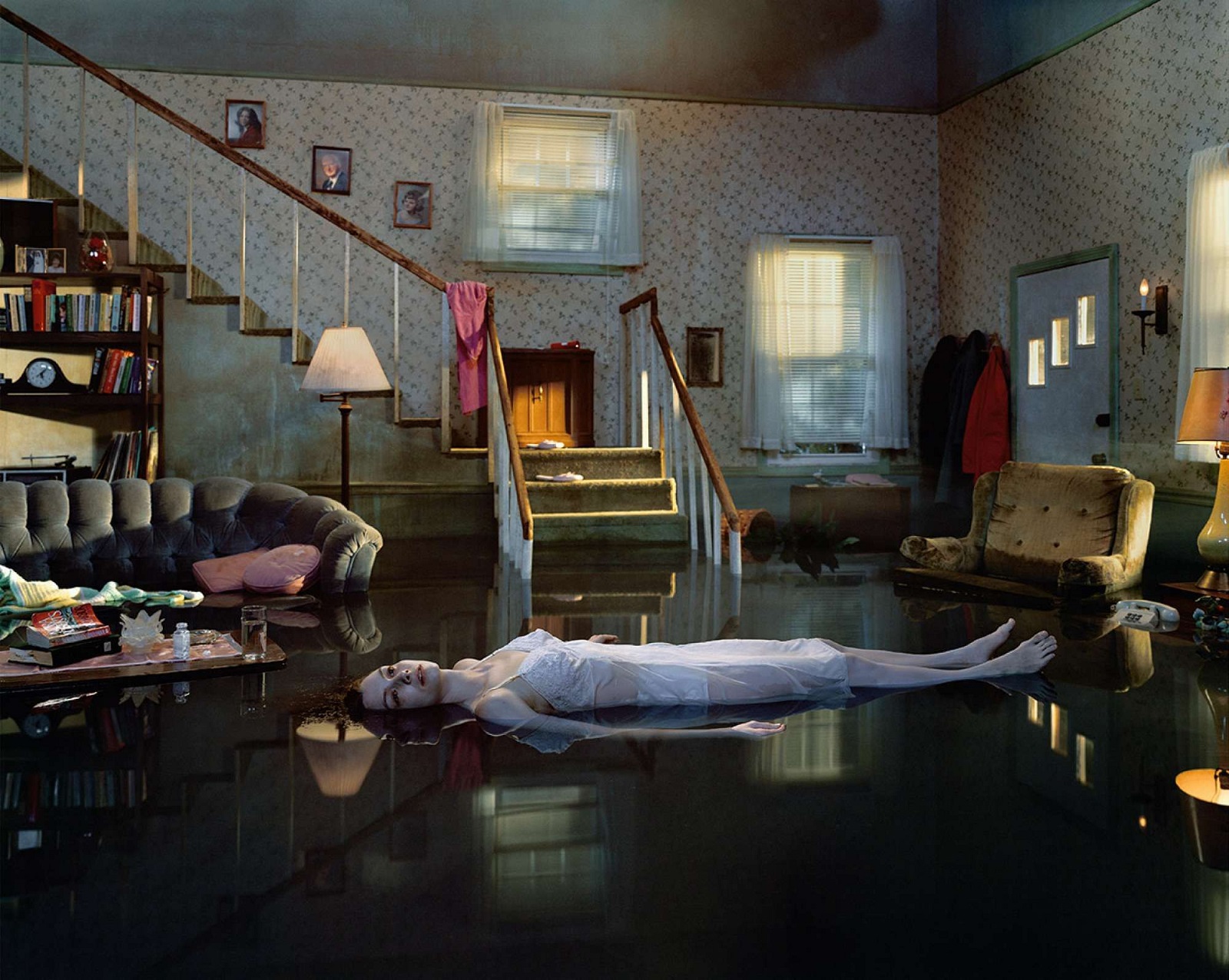Gregory Crewdson’s dark, atmospheric, cinematic photographs capture perfectly framed frozen moments incorporating disconnected figures which seem to reflect the domestic and natural landscapes they inhabit; the mundane landscapes are often characterised by an eerie solitude and transformed into something otherworldly, haunting, and compelling. His photographs seem to both reveal and conceal something, creating ambiguous narratives – they are both stills of life and embodiments of the uncanny. The boundaries between life and art, between intimacy and isolation, between strange and familiar environments are blurred.
The cinematic nature of his work is also reflected in the complex process of creating and staging his images: there is a large crew involved in various aspects of production; props, casting, storyboards, and the natural world is heightened by the use of artificial Hollywood-style lighting and effects such as artificial rain and ice.
In his interviews, Gregory Crewdson emphasises the importance of the visual balance between the figure, the interior space, and the exterior space; the feeling of transience and the sense of in-between-ness evoked by his images, the enigmatic moments between other unknown moments, the visual commentary on the human condition, the portrayal of flesh, nudity, aging, vulnerability, and mortality.
Crewdson’s aesthetic incorporates American suburban surrealism, and the mise-en-scène usually features windows, mirrors, bleak settings shown in a mysterious, ghostly light. His photographs are windows into the intimacy of a world filled with hidden unsettling desires.
The characters created often seem alienated, immersed in deep thought, in cosmic loneliness, internal conflict, or a longing for something ineffable. Their expressions are pensive, focused on something beyond the world depicted, at times introspective. The feelings evoked are anticipation – frozen in time, subconscious disquiet, and estrangement.
Crewdson’s photography reminds us of the suspense, sadness, and solitude of Edward Hopper’s paintings, of Diane Arbus’ bizarre and psychologically intense photographic portraits of people on the margins of society, of William Eggleston’s saturated depictions of seemingly normal, mundane settings behind which something disturbing seems to lurk; as well as the surreal quality of the films of David Lynch.
Crewdson’s series include Cathedral of Pines, Twilight, and Beneath the Roses.

